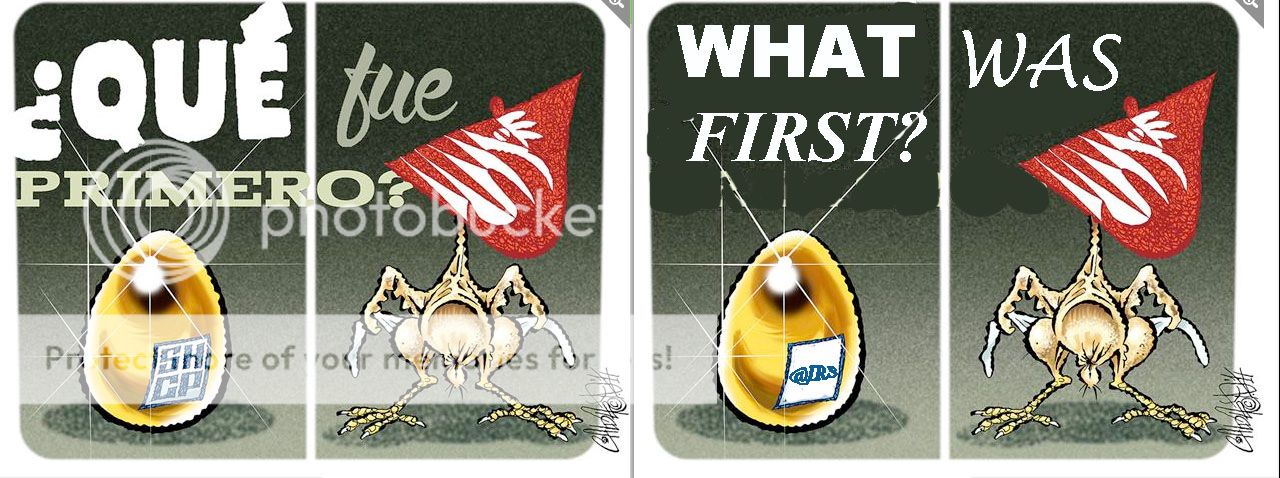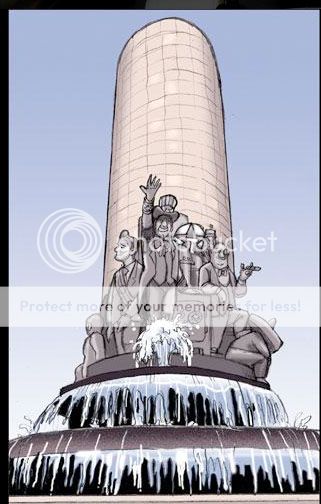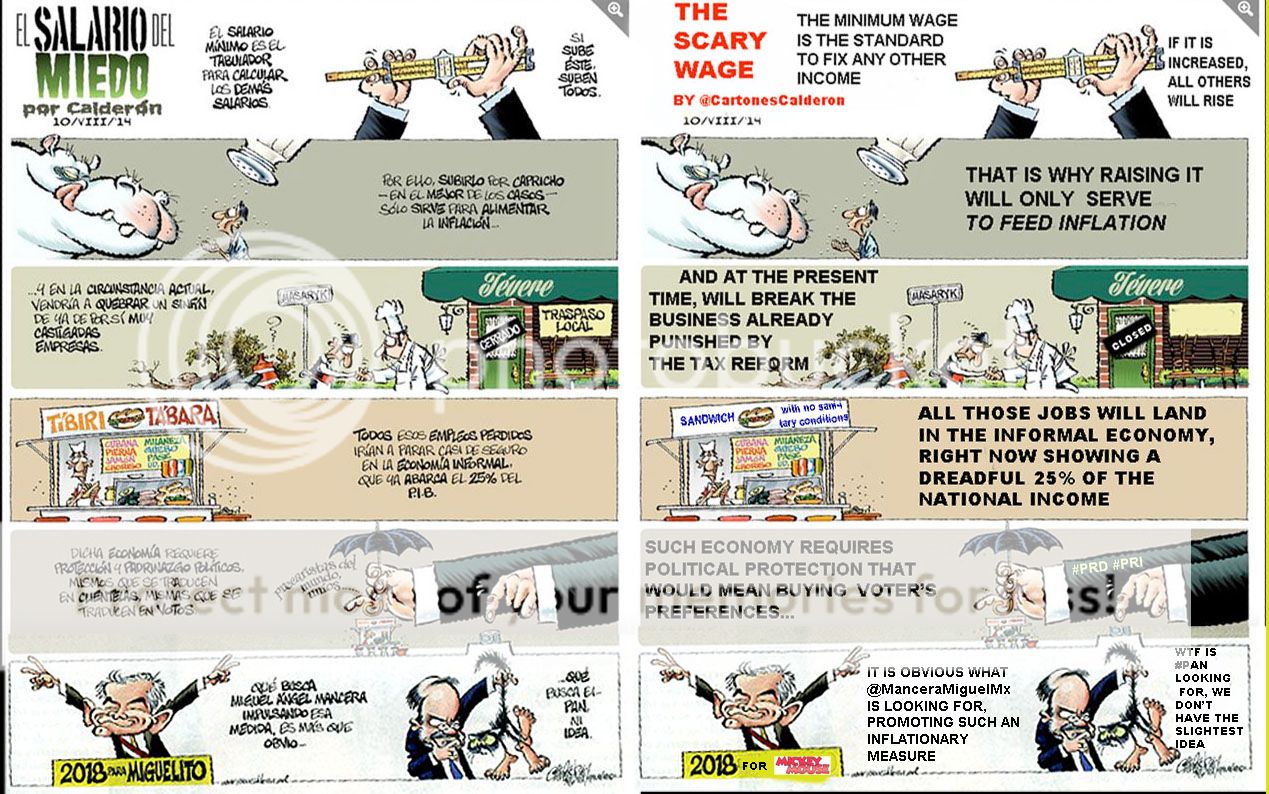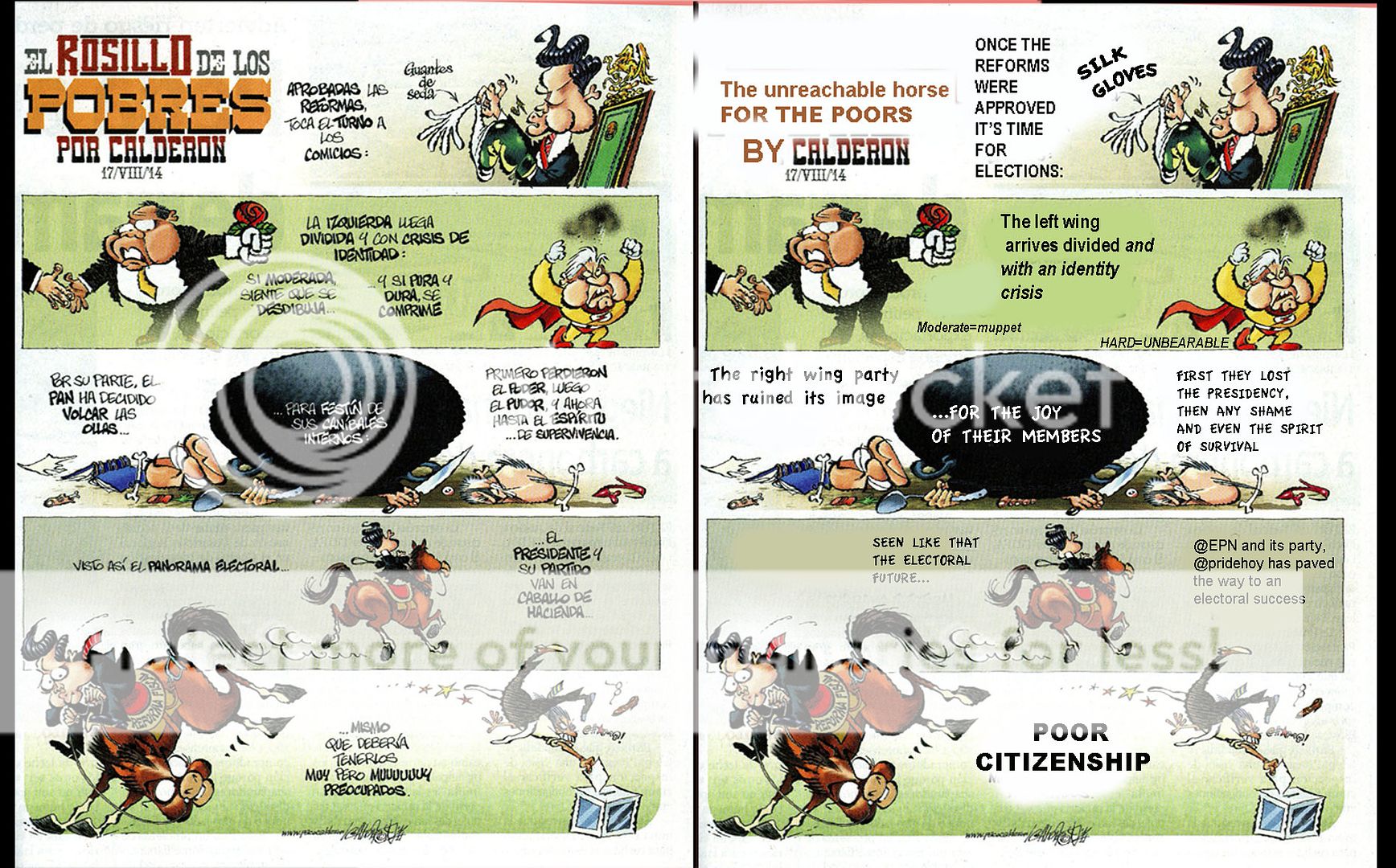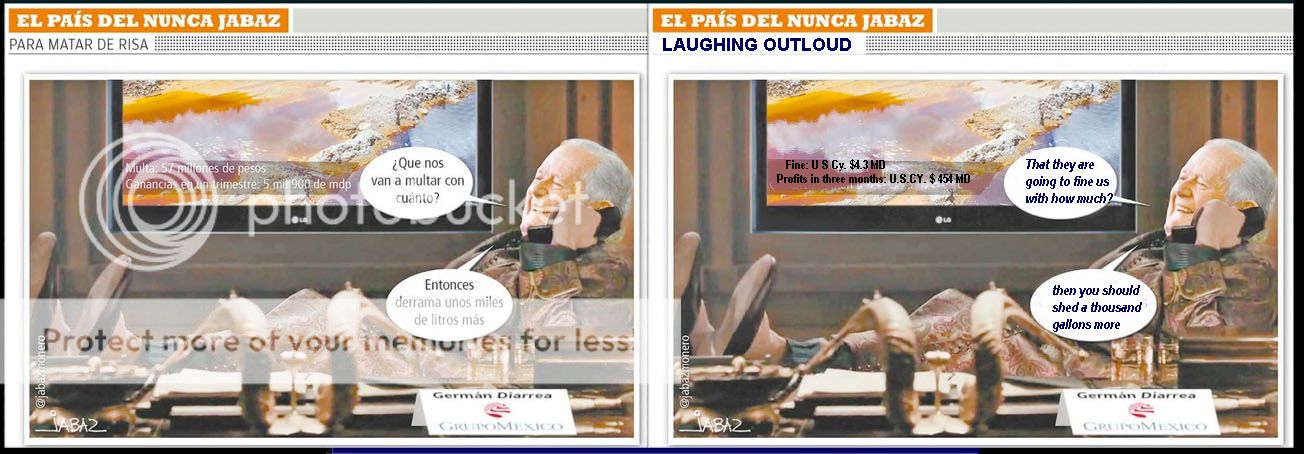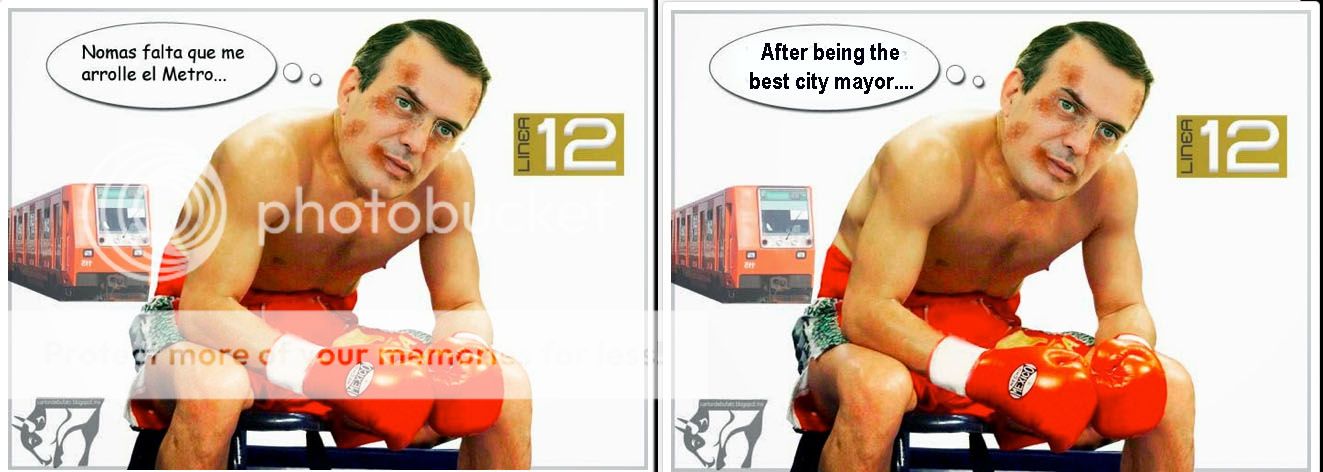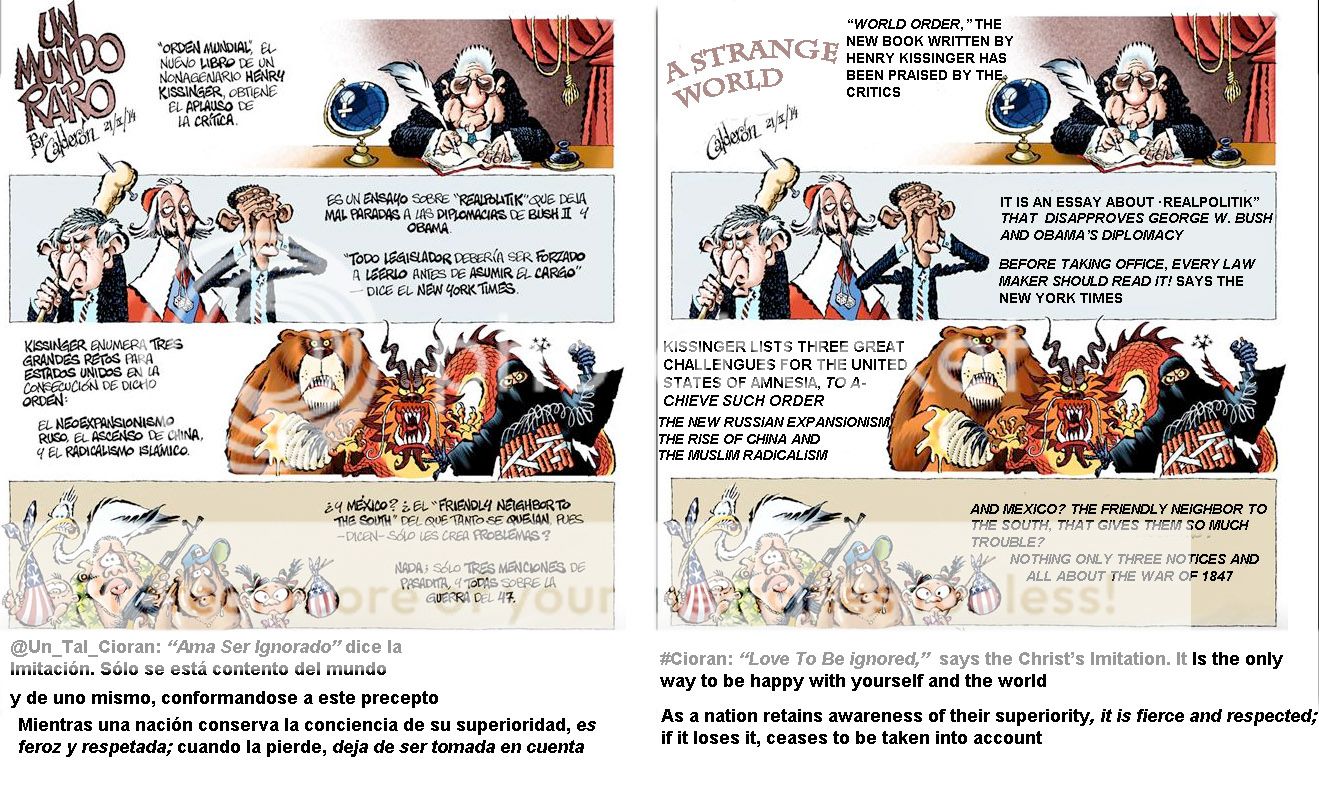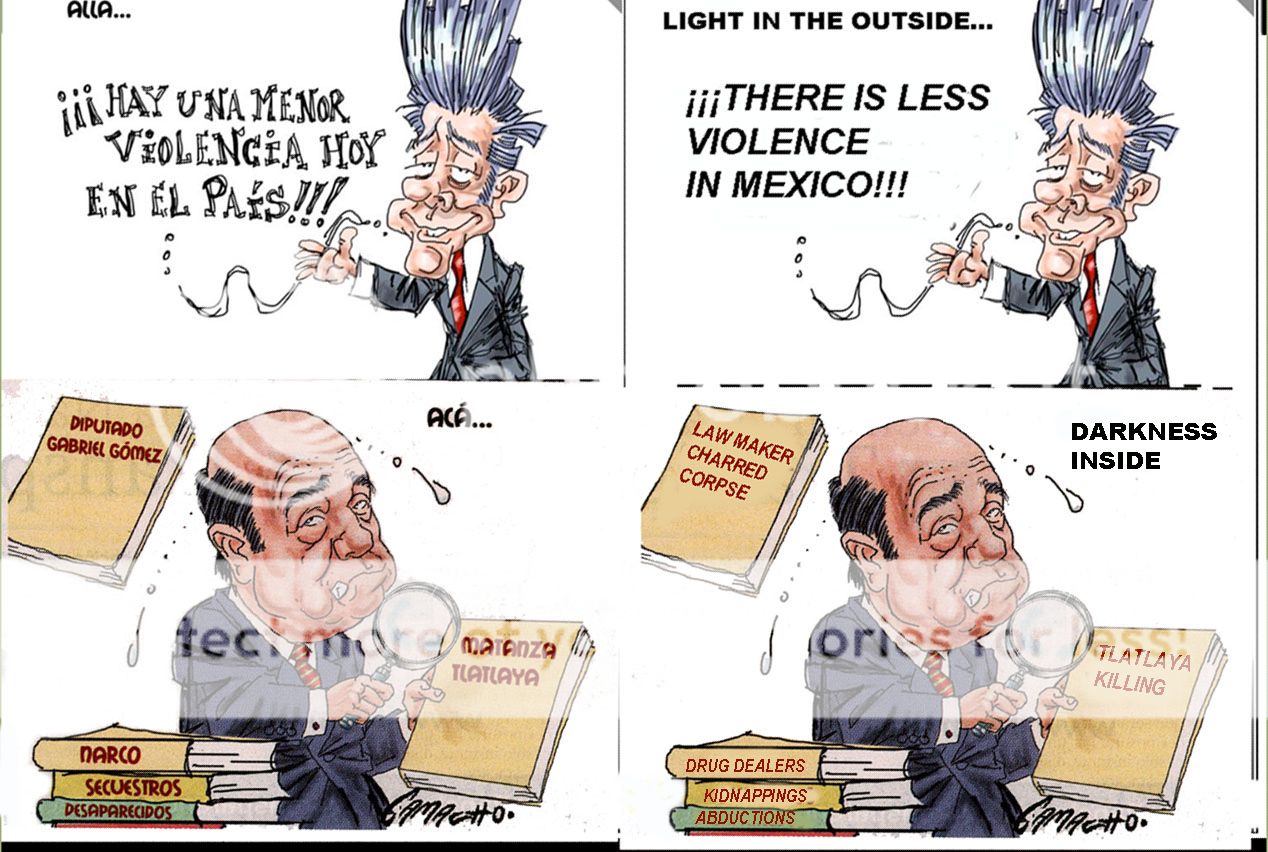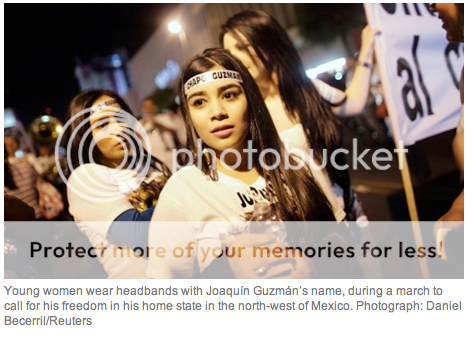Mexico: How arrest of the last don heralds ruthless new drugs era
Joaquín Guzmán was a folk hero and businessman. The ‘Zetas’ cartels replacing him are paramilitaries who would rather make war on the state than cut deals
•
British drugs survey 2014: drug use is rising in the UK – but we’re not addicted
•
Britain divided: how we really feel about drugs
•
‘I like the way ecstasy gives you a deep sense of connection to your friends’
Joaquín Guzmán had earned and deserved his title as the world’s richest and most powerful criminal
when he was arrested in February. The Sinaloa cartel of which he was the absolute
jefe de los jefes (boss of the bosses), has become by far the biggest mafia organisation in the carnage that has cursed Mexico since the narco war detonated in 2006.
It is also the most cogent organised crime syndicate in the world, trafficking – according to some estimates – up to 90% of drugs consumed in the US and varying proportions across Europe, Africa and the east.
Guzmán had been on the run since his escape from jail in 2001, having been initially arrested in 1993. He had been subject to what the US Drugs Enforcement Administration calls “the biggest manhunt of all time”. Like all Mexican dons, he has a
nom de narco, and is known as El Chapo (Shorty) – ostensibly to describe his appearance. He controls his own terrain in the beautiful Pacific state after which the Sinaloa cartel is named, most of western Mexico, and much of Central America, while his alliances with other cartels and gangs spread his influence into the cocaine-producing Andean nations, across the gangland distribution networks in the US, and the entrepots of Europe’s Atlantic seaboard. While on the run, Guzmán had made it to number 14 on the
Forbes magazine rich list. So he is both a member of the global business elite and folk hero bandit in Mexican narco lore. A
narcocorrido ballad sung by a band called Los Buitres (the Vultures) and available online goes: “He sleeps at times in houses/At times in tents/Radio and rifle at the foot of the bed/And sometimes his roof is a cave/Guzmán is everywhere.”
Those who watch what goes on in Mexico with care believe he also has friends everywhere, especially in high places. They are unconvinced by the official scenario – the outlaw finally caught by the good guys. Many believe – and a shocking new film now appears to confirm this – that authorities knew where El Chapo was all along, and had been making deals with him. Guzmán’s cartel had, and still has, a private hangar at Mexico City airport, which would be hard to achieve playing cops and robbers.
A biography of Guzmán calls him
The Last Narco, which he certainly is not – indeed, the reality is that in terms of violence, he is being overtaken on the outside lane by the newcomers’ new levels of ruthlessness. But he is, in his way, the last of the old-guard mafia dons, the last of that breed epitomised – in the Italian mafia lore with which we are more familiar – by the figure of Marlon Brando as Don Corleone, the godfather. The last mafioso of the old school, who rules like a medieval baron, by consensus within his terrain and fearsome violence outside it – patron, ally to politicians, generals and judges who work with him, indispensable to the system that claims to fight him. Guzmán’s origins run deep in what is now the first real 21st-century war, a war quintessentially of its time, for its lack of any real cause, for its post-political savagery, for its inseparability from the supposedly “legal” global economy into which Guzmán is stitched, a war that has claimed about 100,000 lives, taken with shocking ferocity, with an estimated 20,000 missing, and for which there is no end in sight; an abyss that seems to have no bottom. A war of our time.
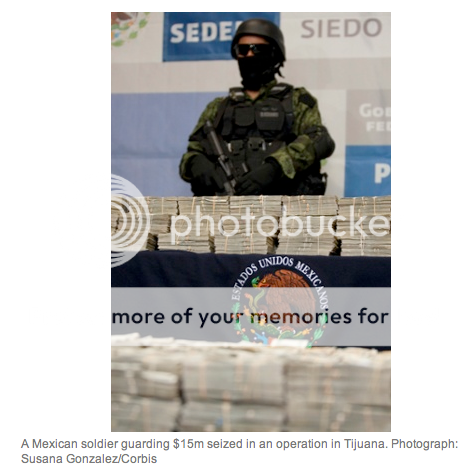
#
A Mexican soldier guarding $15m seized in an operation in Tijuana. Photograph: Susana Gonzalez/Corbis
The pioneer of Mexico’s narco-trafficking mafia was Chapo Guzmán’s uncle, Pedro Avilés Pérez, from Sinaloa, who escalated the smuggling of marijuana and heroin into the US during the late 1960s and 70s when the counter-culture demanded an apparently infinite supply of both. But the godfather, the original Mexican drug lord, was Miguel Ángel Félix Gallardo, a protege of Avilés, also from Sinaloa, who took over his operation after Avilés was killed in a shootout in 1978. Gallardo founded the Guadalajara cartel and became the then biggest narco-trafficker in the world.
Apart, crucially, from its eastern stretch towards the Gulf, the border with the US was carefully and strategically carved into drug-smuggling “plazas”, each considered the territory of a subdivision of Gallardo’s cartel, which would pay the authorities for protection and cooperation – with percentages shaved off at every level, to the top – on its turf. In return, the government would finger freelance or rival operators so that the authorities could give the impression of an authentic enforcement operation. The Italians have a term to describe this kind of arrangement: pax mafiosa – the mafia’s peace, whereby criminal syndicates know their place, law enforcement knows its place, the product keeps flowing and the revenues keep coming back. In 1985, however, a calamity impacted the cartel, the Mexican government’s conviviality with it – and US complicity in that relationship. An undercover agent for the DEA, Enrique “Kiki” Camarena, was fingered, kidnapped and tortured to death in Guadalajara. The US demanded of Mexico that Gallardo and his lieutenant, Rafael Caro Quintero, be jailed, which they were in 1989.
This led to a split in the Guadalajara cartel, different branches claiming its mantle. One, led by Gallardo’s nephews and nieces, founded the Tijuana cartel while another formed the Juárez cartel. And a third faction was formed: by the man who perceived himself as heir to the Avilés/Gallardo empire, and his “plaza” as the whole border, indeed the whole country: Avilés’s nephew – Guzmán.
The moment Gallardo was arrested, Guzmán declared war on every other criminal organisation in Mexico. Guzmán, however, was captured early into his leadership of the cartel, and it was from jail, in luxury confinement at El Puente Grande maximum security prison near Guadalajara, that Guzmán adapted his tactics to build alliances in public office and high politics.
Folklore has it that he escaped from jail in a laundry truck. Breakout of the Millennium was the title of one
narcocorrido ballad commemorating the event, but a book –
Narcoland – by Mexico’s leading journalist and author on matters narco, Anabel Hernández,
proved, citing documents and video footage, that he had walked out in police uniform, with a police escort.
Once free, Guzmán declared war again, this time on the Gulf cartel for the busiest commercial border crossing in the world, between Nuevo Laredo, Tamaulipas, and Laredo, Texas.
